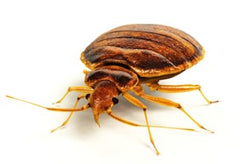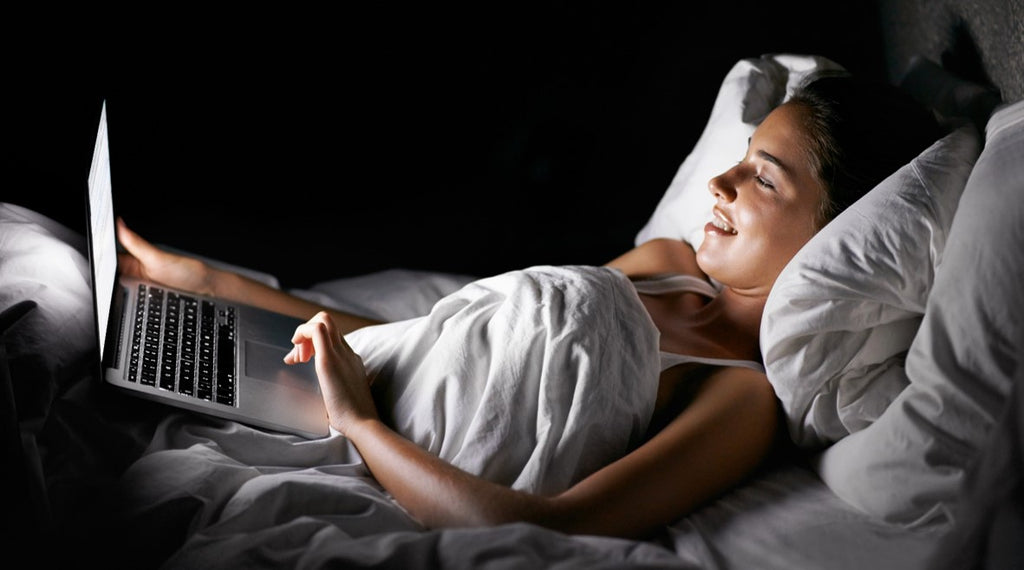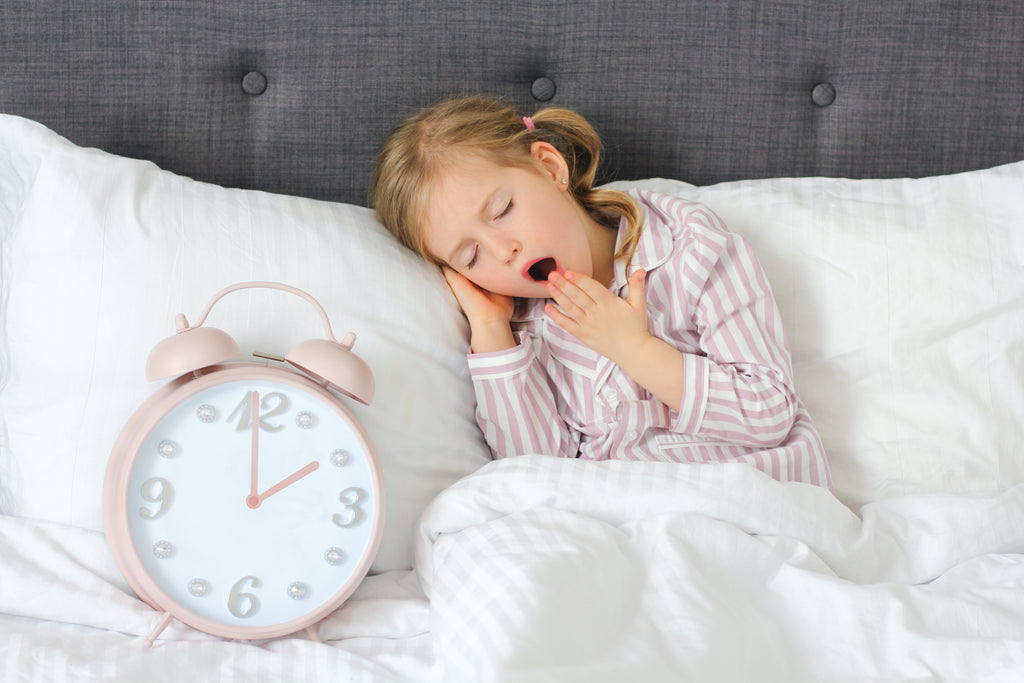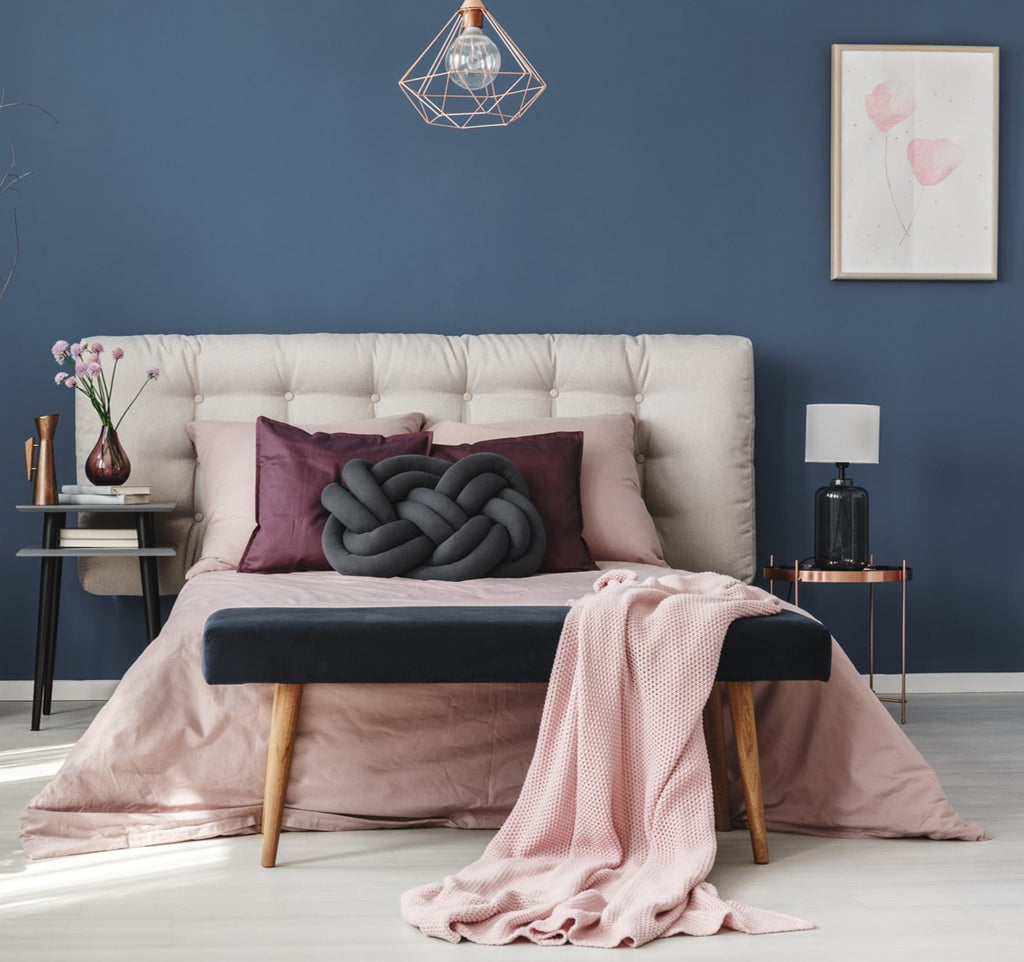- Home
- SHOP ▾
- Store Locator
- Media
- Product Information ▾
- Our Associations ▾
- Warranties ▾
- Advice ▾
- Blog

Every year billions of people are travelling and each trip they take the risk of bringing home a bed bug infestation.
Bed bugs love to hitchhike on luggage.
Found worldwide and an increasing problem in Australia and New Zealand, be sure to know what to look for these holidays or whenever travelling to ensure you and your family are protected from their nasty bites.
 Small in size, they are attracted to warmth, and are most active at night biting areas of exposed skin while sleeping. Their bite causing an allergic reaction which is displayed on the skin as itchy red welts usually not felt until some minutes or hours after the bite.
Small in size, they are attracted to warmth, and are most active at night biting areas of exposed skin while sleeping. Their bite causing an allergic reaction which is displayed on the skin as itchy red welts usually not felt until some minutes or hours after the bite.
Bed bugs have small, flat oval bodies. Adults are brown in colour, reddening after feeding. Despite common misconceptions that they are too small to see, fully grown they are about 4-5mm in length, small but visible to the naked eye.
Hiding in nooks and crannies they are primarily nocturnal, emerging in the middle of the night to feed on those sleeping. It is therefore, often not the bed bugs, but tell-tale signs of their infestation that may be seen first. Little brown or black dots found on linens or the mattress itself.
When booking a hotel room, you can:
If you have discovered bed bugs or evidence that would lead you to suspect their presence, alert the hotel staff immediately, do not stay in that room, and strongly consider finding a new hotel all together.
There have been reported cases of Bed Bugs in transit. After all they love to hitchhike on luggage and clothing. Having a hard shell suitcase can assist in eliminating the areas in which a bed bug can hide and it can easily be cleaned with an alcohol wipe after your flight. If you do see any signs of bed bugs while travelling let the flight attendant on your plane or tour guide know as soon as possible.
When you get home wash all clothes you took on the trip in hot water including the ones that might be clean or you have worn on the way home. Vacuum and check your luggage for any signs of bed bugs and then store them safely away from your bed.
Use Protect-A-Bed® Allerzip Mattress Encasement's on your beds for Fit ‘n’ Forget protection.
Not only providing peace of mind against bed bugs and dust mite allergens they help protect your mattress investment from everyday spills and stains.
The Protect-A-Bed® BugLock® system has a dust-proof flap and tamper-proof SecureSeal® making the mattress or pillow bed bug entry and escape proof, whilst also ensuring allergens can’t become airborne. Simply Fit'n'Forget® by laying a Protect-A-Bed® fitted mattress protector on the top for easy removal and regular washing with other bedding.
Sleep Well, Live Well

Whether it is watching TV, playing video games, scrolling through social media or checking emails, electronic devices are a big part of our lifestyle and hard to put down when bedtime approaches.
Although the effects vary between people ‘screen time’ before bed has been shown to impact both our ability to fall asleep and the quality of our sleep.
"Studies have tested the effects of bright tablets (e.g. ipads) and laptop screens for up to 5 hours before bed. It seems that the natural evening rise in melatonin (a hormone that makes us ready for sleep) is not affected by 1 hour of bright screen light, but it is after 1.5 hours. Thus after 1.5 hours of technology use in the evening people report feeling less sleepy. They also do better on mental performance tests and their brainwaves suggest increased alertness. Repeated use of a bright screen over 5 days can delay the body clock by 1.5 hours. This means you consistently want to go to bed later and sleep in longer. This can be a real problem when you need to get up at a set time in the morning for school or work." - sleephealthfoundation.org.au
It may be difficult at first, but once you have made a conscious change it will become habit and part of your everyday routine.
Sleep Well, Live Well

If you are finding yourself feeling tired and sleepy during the day a nap may be beneficial. Reducing fatigue, increasing alertness, improving your mood, performance and reaction time.
A nap may also help you prepare for and be able to better cope with a late night out, shift work or a long drive.
As recognised by the Sleep Health Foundation of Australia
"Naps can also be good at times when you feel sleepy and you are worried about how well you can do things if you continue without rest. If you feel drowsy during a long drive in the car, a short nap can be taken in a rest area. This will make you more alert during the next phase of the drive.
Some studies have found that if you start to feel sleepy while driving, it helps to have a cup of coffee, immediately followed by a nap of about 15 minutes. The caffeine takes about 30 minutes to start working so when you wake up both the nap and the caffeine will start to make you feel more alert."
The secret to waking up refreshed from a nap is setting an alarm and making sure you don’t nap for too long.
Ideally a nap should only be 15-30 minutes long. This will ensure that when you wake you are still in the lightest stage of non-REM sleep. Any longer, where you enter the deeper stages of sleep you risk waking up with what is known as sleep inertia. Feeling groggy and perhaps more tired and with less energy than before your nap.
However “If you’re lucky enough to be able to lie down for 90 minutes, your body should have time to make it through one complete sleep cycle where you go from the lightest stage through the deepest stage of sleep and back again, so you’ll wake feeling refreshed.”- sleep.org
“A cool 16-18°C (60-65°F) is thought to be an ideal temperature in a bedroom. Temperatures over 24°C (71°F) are likely to cause restlessness, while a cold room of about 12°C (53°F) will make it difficult to drop off.” - Sleep Council UK
Be mindful to remember that a nap does not replace a good night’s sleep. A nap too late in the day may make it harder to fall asleep at night. And if you find that you are relying on naps during the day or you are not able to sleep at night due to naps talk to your doctor.

Are you or your partner finding yourself uncomfortably hot at night? Sweating, tossing and turning, resulting in a broken night’s sleep and leaving you feeling lethargic the next day?
Your core body temperature works with your circadian rhythm, to help determine when you are ready to go to sleep and when you are ready to wake up. Your body temperature drops when you begin to feel sleepy and is at its lowest at around 4am, before increasing.
So if you are having difficulty falling asleep or waking up at time you need to consider what maybe affecting your temperature leading up to your bedtime and during the night.
As identified in Time’s article You Asked: Why Do I Sweat When I Sleep by (Markham Heid March 21, 2018)
“Intense exercise too close to bed can also “throw off” the body’s thermoregulation processes, says Michael Grandner, an associate professor and director of the Sleep & Health Research Program at the University of Arizona College of Medicine. He explains that a person’s body temperature naturally dips just before bed, which promotes sleep. Eating or exercising too close to bed can fire up your metabolism, which increases heat production and so may interfere with the body’s natural powering down.”
In order to fall asleep quickly and too help get a good night’s sleep you firstly need to ensure your room is at the ideal temperature.
“A cool 16-18°C (60-65°F) is thought to be an ideal temperature in a bedroom. Temperatures over 24°C (71°F) are likely to cause restlessness, while a cold room of about 12°C (53°F) will make it difficult to drop off.” - sleepcouncil.org.uk/perfect-sleep environment
But remember it is not just the air conditioner or heater that affects the temperature you are feeling when you are sleeping. Your Pyjama’s and bedding can also play a part. You might get into bed feeling cool and comfortable but if you may become hotter during the night due to the materials your Pyjama’s and bedding are made off.
Consider Natural Fibres such as TENCEL™. TENCEL™ is a botanic fibre, derived from sustainable wood sources which are super soft. The Smooth Fiber structure of TENCEL™ absorbs moisture more efficiently than cotton and is breathable helping support the body’s natural thermal regulating mechanism, keeping your skin feeling pleasantly cool and dry.
You may wish to check out our range of Protect-A-Bed TENCEL™ Mattress and Pillow Protectors®
If you have made these changes to help ensure the correct sleeping temperature and you are still waking hot or sweaty consider talking to your doctor. Sometimes the side effects of medication, menopause, hormonal imbalances, anxiety and sleep disorders such as sleep apnea and night terrors may also cause you to sweat when sleep.

Jet lag occurs when you fly across one or more time zones.
Daylight plays an important role in our body’s natural biological clock or circadian rhythm, affecting the release of Melatonin which tells us when we should go to sleep and wake up. Jet lag occurs because our body's circadian rhythm has not had time to synchronise to the change in time zones.
The result, our body is telling us to stay awake when it’s late at night, or telling us it’s time to sleep when it is the only the middle of the afternoon.
Jet lag, affects different people differently, and can happen to anyone regardless of their age or level of fitness.
As recognised by betterhealth.vic.gov.au it is also often worse if you are travelling in an easterly direction
Your circadian rhythm (body clock) is less confused if you travel westward. This is because travelling west ‘prolongs’ the body clock’s experience of its normal day-night cycle (the normal tendency of the body clock in most of us is slightly longer than 24 hours). Travelling eastwards, however, runs in direct opposition to the body clock. If you suffer badly from jet lag, it may be worthwhile considering a westerly travel route if possible.
The symptoms of Jet Lag vary between people. They may include:
Jet lag generally lasts for 2-3 days and although there is no cure there are things that you can do before, during and after travel to help.
Before Leaving
During the Flight
After the Flight
“It is important that you sleep for no longer than 30 minutes and that you are awake for at least 4 hours before you go to bed.”
Most importantly be prepared to give yourself the time to adjust. It will often take at least 2-3 days.

It is the first Sunday of October and we all know that means it is daylight savings time.
Daylight savings puts our clock forward an hour and although this can be fantastic for people who want to enjoy those long summer nights it can have a negative impact on our sleeping patterns.
Even one hour of sleep loss over a few nights can have marked effects on our mood and health.
The effects of the initial time change for daylight savings on the body is often likened to jet lag. Losing an hour of light in the morning and gaining it at night it effects our bodies as if we are in a different time zone.
This is because changing the clock in either direction changes the principle time cue (which is light) for setting and resetting our 24-hr natural cycle, or circadian rhythm. Therefore, our internal clocks become out of sync.
As it is staying light later in the day it can be harder to fall asleep and likewise staying darker in the morning can make it harder to wake up.
Spring your clock's forward and get the most out of the warmer days by undertaking good sleeping habits. With a good night sleep you will feel and function better.

Spring has sprung, footy season is nearing an end, the tulips are blooming and the weather is getting warmer, but it is also allergy season. For many of us this means a stuffy or runny nose, itchy eyes or skin and lots of sneezing.
Pollen
Affecting a lot of people pollen allergies or hayfever are caused by an allergy to the pollen produced by flowers, trees, grasses and weeds. Pollen gets into the home when you open the doors and windows or travels inside on your clothing or with pets. It is often further dispersed through the home by cooling and heating systems.
Dust Mites
Dust mites are one of the most common causes of allergies in the home. Millions of these tiny creatures live in our mattresses, bed linen, carpets and furnishings. Feeding of our skin cells, and producing waste, studies show that are a known cause or trigger of asthma and eczema.
Mould
Mould is often found in damp, poorly ventilated areas such as kitchens, bathrooms and laundries. Mould and bacteria are also often found in mattresses and pillows with our perspiration, shredded skin cells and everyday spills and stains helping provide the perfect conditions for it to grow.
Pets
Fairly common, pet allergies are triggered by pet dander from animals such as such as cats and dogs. Pets also often carry inside other allergens such as pollen and dust.
While there is not a lot you can do to control your outdoor environment, there are things you can do when spring cleaning, to help control your indoor environment, and in particular the bedroom, where seasonal allergies can be triggered all year round.
Get Prepared
Clear the bedroom of clutter
Clean out the wardrobe and dresser drawers
Dust
Wipe down the walls
Clean windows and window furnishings
Clean Flooring
Vacuum soft furnishing
Replace Filters
Strip and clean your bedding
If you or someone in your family suffer from severe allergies, asthma or eczema consider using Protect-A-Bed®’s Fully Encased Mattress Protectors.
The fully encased Protect-A-Bed® Allerzip® Mattress and Pillow Encasement's feature a unique BugLock® system. which has a dust mite proof flap and Secure Seal® providing total protection. Preventing dust mite, mould and bacteria allergens entering or escaping through the zipper.
Simply Fit n’ Forget by layering a Protect-A-Bed® Fitted Mattress Protector over the top for regular washing and drying with other linens.
Finally consider keeping flowers (with pollen) and pets out of the bedroom.
Sit back, relax and enjoy the warmer days and remember if your allergies are triggered by pollen stay indoors on dry windy days and especially after storms as these are peak periods for airborne allergens.